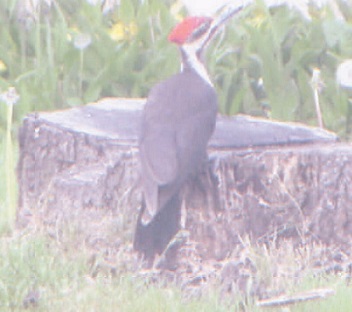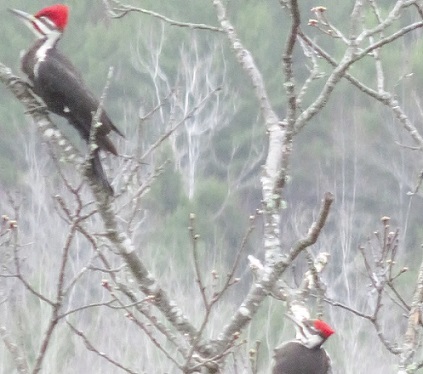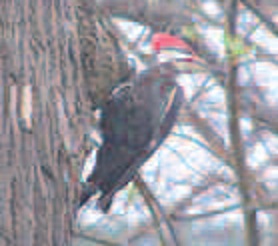Big Brothers Big Sisters of Mid-Maine’s 2016 Bowl For Kids’ Sake, sponsored by Camden National Bank and Hannaford, drew over 545 teams and 2,100 bowlers to four regional events, raising over $285,000 for youth mentoring programs in seven counties. The highest fundraising region was Kennebec Valley with six local events held May 2 – 7 raising over $111,000. The highest single fundraising event overall was Bowl for Cassidy’s Sake, held in memory of Cassidy Charette, which raised over $30,000. Bowl for Cassidy’s Sake was sponsored by New Balance, Golden Pond Wealth Management, Aetna, Smile Solutions, Mainely Trusses and Hammond Lumber.
Funds raised by Bowl for Kids’ Sake benefit Big/Little matches in Kennebec, Knox, Lincoln, Penobscot, Somerset, Waldo, and Androscoggin Counties. Kennebec Valley bowling event proceeds support community and school-based programs in Kennebec and Somerset counties.
Bowlers in each region who raised $100 or more were automatically entered to win $1,000 cash in the Grand Prize Drawing for that region. The winner in Kennebec Valley was Martin Meader, from New Balance. The top fundraisers were:

Jordyn Labrie, Paige Smith and Gabi Martin from Central Maine United U-18 Girl Soccer Team, re-enact a photo taken at Bowl for Kids’ Sake in 2014 with their teammate Cassidy Charette. Bowl for Cassidy’s Sake raised $30,000 for local youth mentoring. Colby Charette, Cassidy’s brother, was top fundraiser, raising $2,435.
TOP INDIVIDUAL FUNDRAISERS:
1st – Richard Behr (Big Brother) – $2,445
2nd – Jacy Cunningham (Home Depot) – $2,072
3rd – Rick Eskelund (Big Brother) – $1,530
TOP 3 FUNDRAISING BUSINESSES (Multiple Teams):
1st – New Balance (20 teams) – $12,527.55
2nd – Hannaford (39 teams) – $8,935.97
3rd – Kennebec Savings Bank (7 teams) – $6,122.25
TOP FUNDRAISING TEAMS (Single Team):
1st – Central Maine Auto Group (Sheila Turcotte) – $3,037
2nd – Home Depot (Jacy Cunningham) – $2,072
3rd – Kennebec Savings (Sandy Burgess) – $2,011
HIGHEST TEAM AVERAGE (More than 1 team):
1st – Big Brothers Big Sisters CBM Matches – $1,132
2nd – Big Brothers Big Sisters of Mid-Maine – $1,102
3rd – Kennebec Savings Bank – $875
Camden National Bank had 44 teams. Hannaford, the event’s other lead sponsor, had the most participating teams of any business, with a total of 102 teams from 31 store locations.
Bowl for Cassidy’s Sake, held in honor of BBBS Big Sister Cassidy Charette, raised $30,000 for the new site-based mentoring program at Alfond Youth Center in Waterville – the second local mentoring program established in Cassidy’s memory. Bowlers who raised $100 or more were entered into a prize drawing for a laptop, courtesy of A-COPI. The winner was Desiree Luzzi, Cassidy’s aunt, who donated the prize to a graduating Big at Messalonskee High School.
“BOWL FOR CASSIDY’S SAKE”
TOP INDIVIDUAL FUNDRAISERS:
1st – Colby Charette (BBBS Big Brother and Cassidy’s younger brother ) – $2,435
2nd – Desiree Luzzi – $1,050
3rd – Connor Garland (BBBS Big Brother)- $950
TOP FUNDRAISING TEAMS (Single Team):
1st – Cass4Ever (Colby Charette’s team) – $3,435
2nd – Messalonskee High School Girls Soccer (Fern Calkins Team) – $1,455
3rd – Team Bernatchez (Jacob Bernatchez’s Team) – $1,095
If you would like more information about how your business or organization can participate in next year’s Bowl For Kids’ Sake or Bowl for Cassidy’s Sake events, call 314-6996.


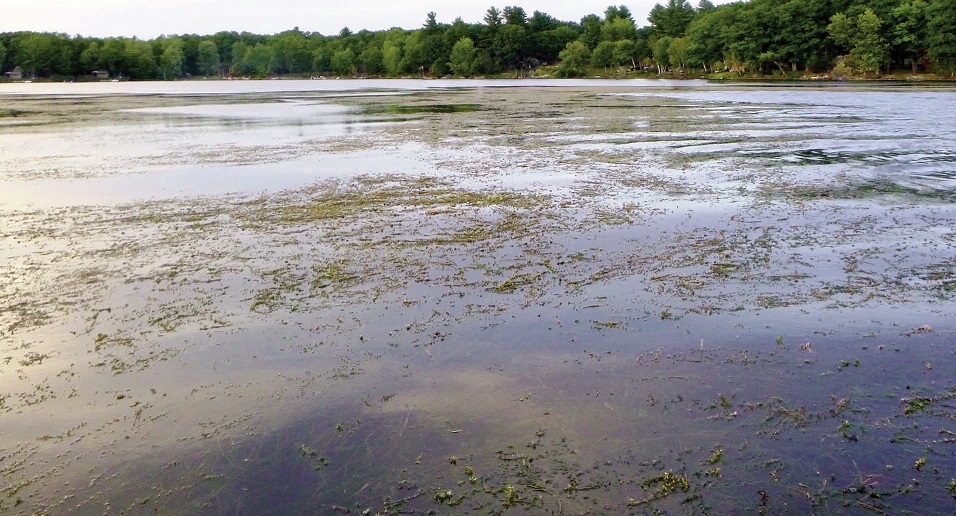
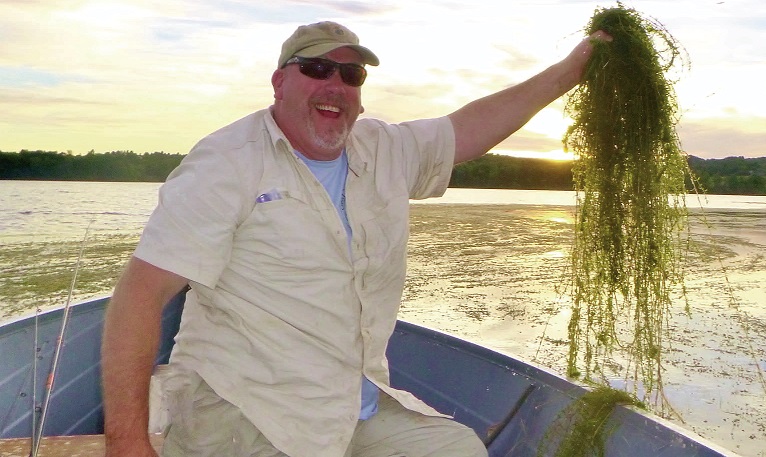

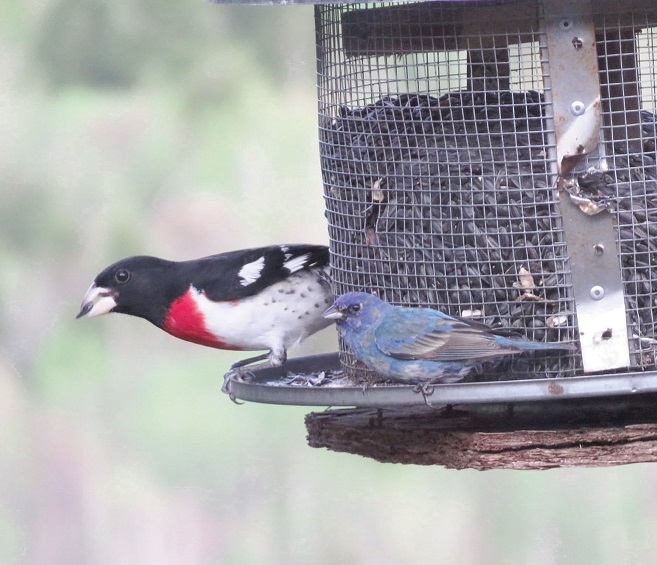

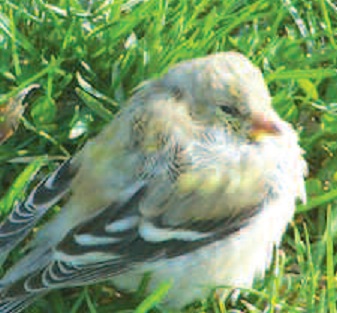

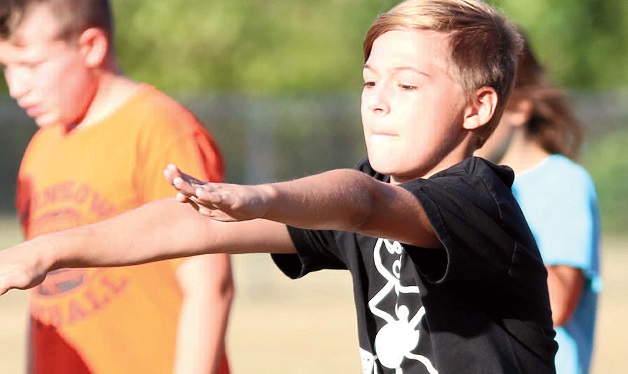
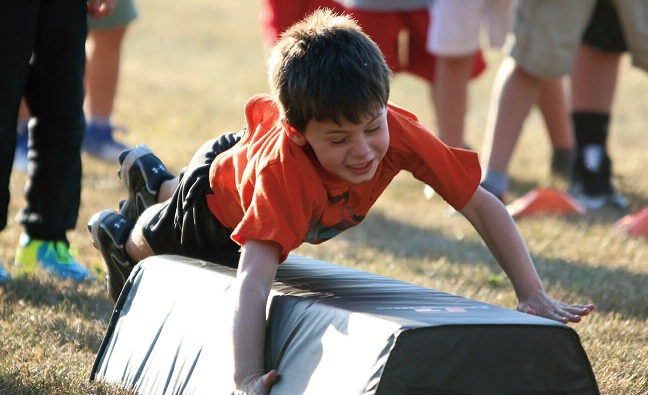
 by Roland D. Hallee
by Roland D. Hallee